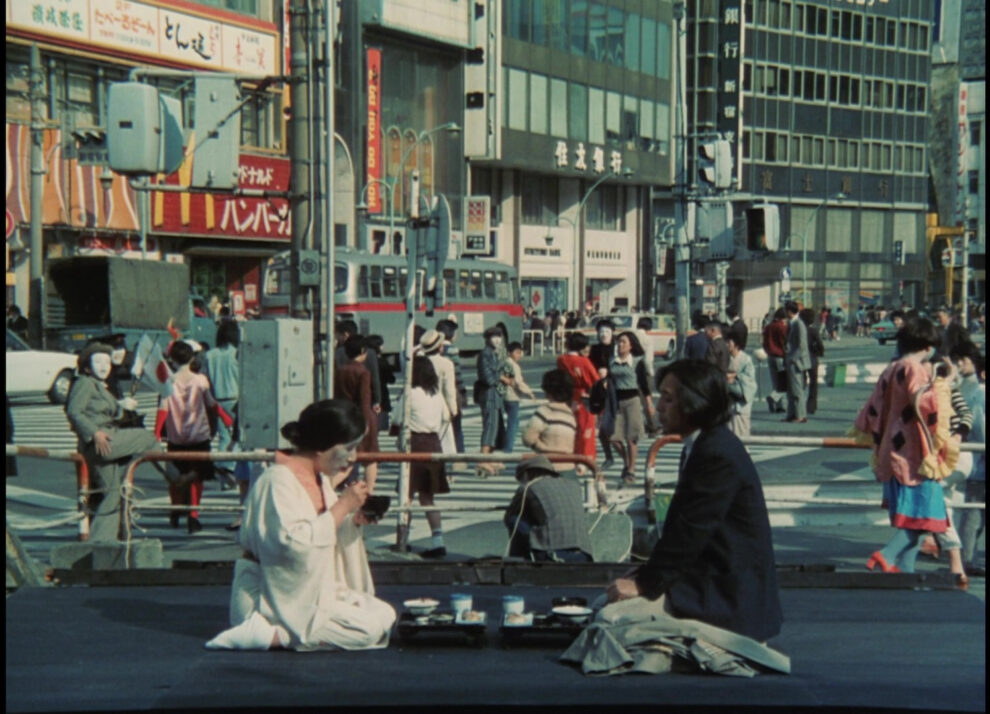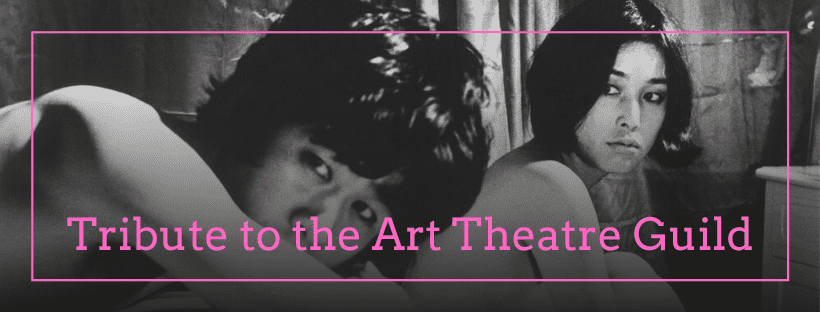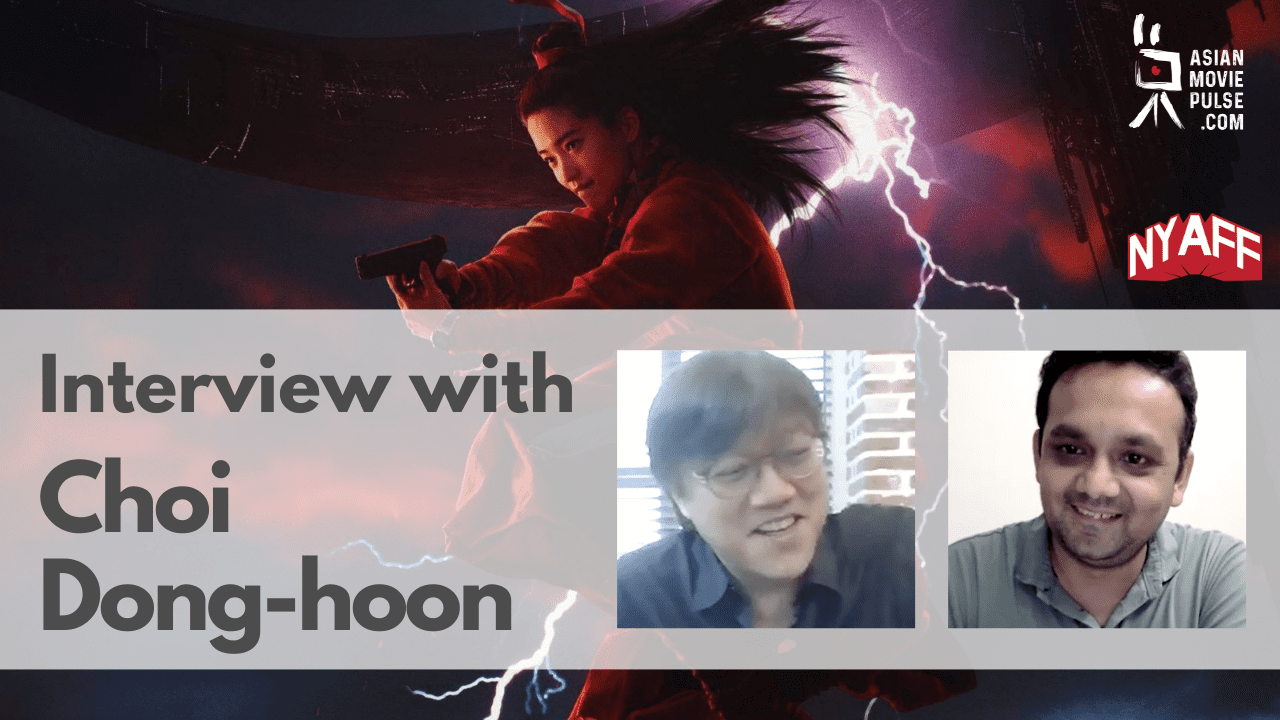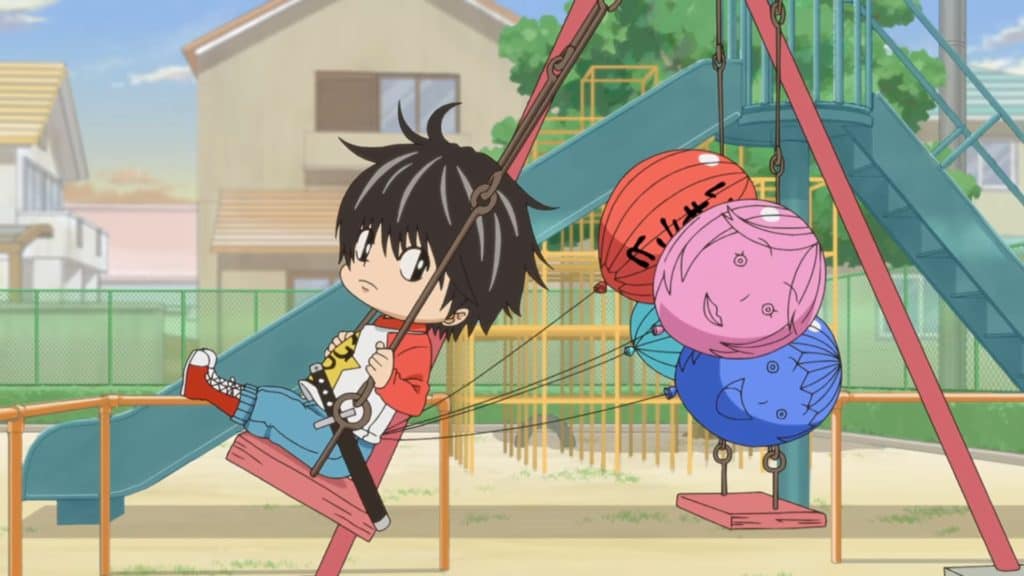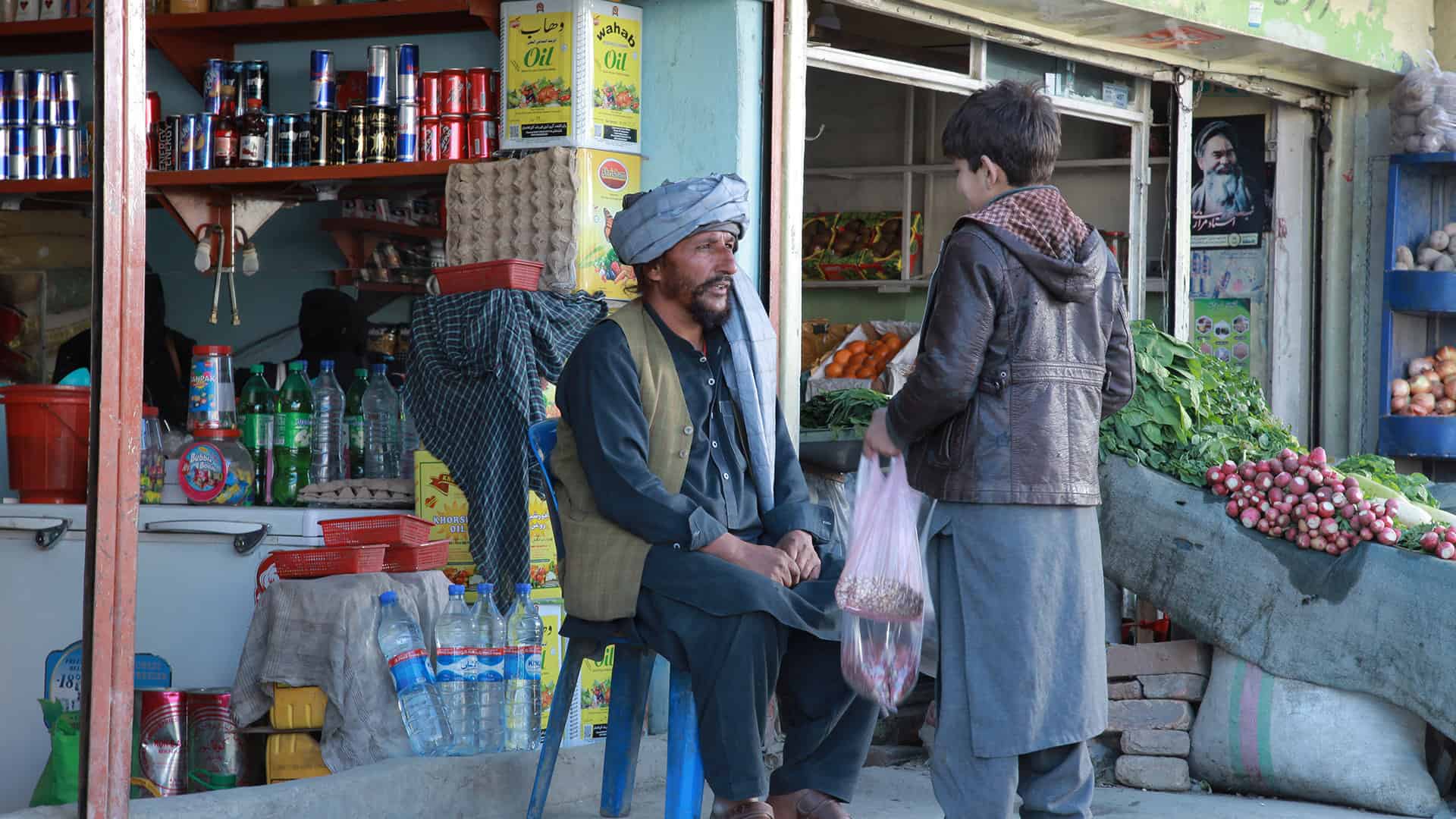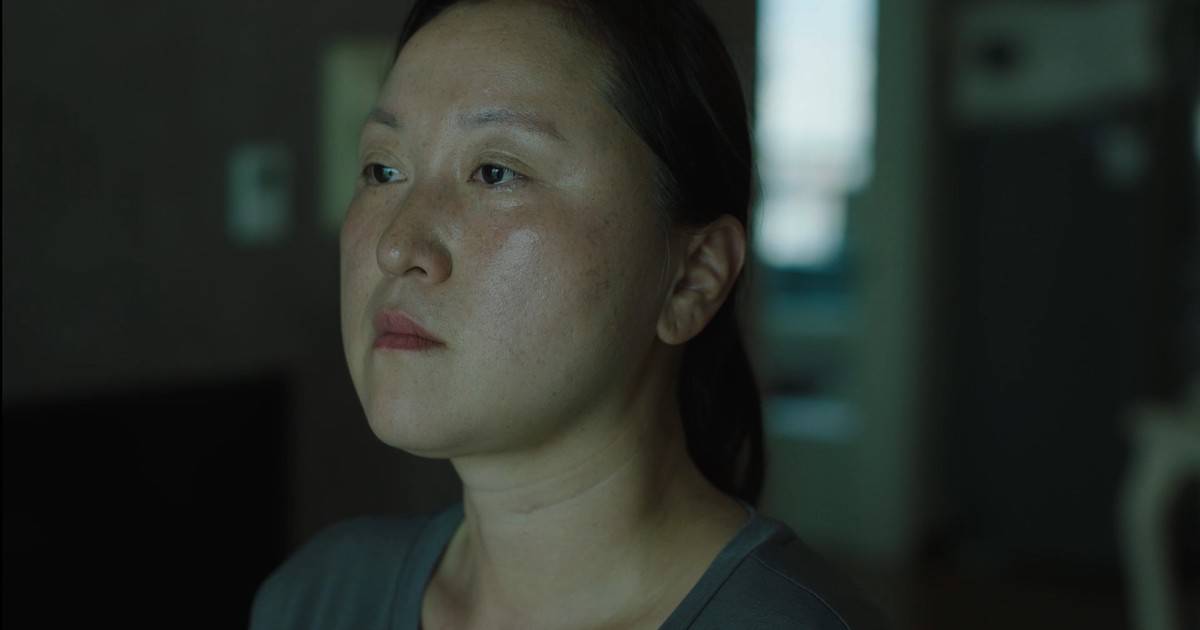Based on the homonymous collection of poems by Shuji Terayama, “Pastoral: To Die in the Country” is an autobiographical movie that, once more in a work of both the director and ATG, stretches the medium of cinema to its extremes, through an approach that is abstract, surrealistic, avant-garde, theatrical and meta, to name just a few of the elements that consist its narrative.
Shin-chan is a 15-years-old boy who lives with his mother in Aomori Prefecture, at the foot of the Scary Mountain, where his father is buried. The young man lusts for the woman next door, to the anger of her husband and the annoyance of his mother, whom Shin-chan has no issue talking about even his most inner sexual thoughts. One day, he witnesses a woman in the village giving birth to a baby, but soon learns that the it was born out of wedlock, sees how the locals try to ostracize the woman, and how she ignores them, moving on with her life as if nothing happened. When spring comes, a circus comes into town, and Shin-chan meets a a woman who wears an inflatable fat suit for her act, constantly asking the rest of employees to pump it while she is wearing it.
Eventually, it is revealed that the aforementioned part is actually part of a film Shin, as an adult man now, directs, with “Pastoral” taking a completely different direction, as the director ponders about the block he has in shooting the movie, particularly because he is thinking that he is exploiting his childhood, making a cheap spectacle of it. A friend provides a mental “solution” during a discussion, but a bit later, the director stumbles upon his younger self in the editing room. As the movie goes back to the first arc, so does Shin-chan meet the director.
The concept of the film-about-film is somewhat complicated by itself in its presentation, but it is just one part of a narrative here that can only be described as labyrinthical. As the past and the present melt onto one another, so does the border between fantasy and reality, with Terayama actually making a comment about memory and particularly that of children, which does not always match reality. Furthermore, all the aforementioned story parts we mentioned are actually only a portion of what is happening, with Terayama also including a dystopian element that takes place mostly in the scary mountain, while dancing, eroticism, love and its exploitation, and the concepts of time and sex also come to the fore. The voyeurism that Shin-chan exhibits repeatedly could be perceived as one of the elements of becoming a director, while the questions the adult Shin has about his art are also an integral part of the whole concept regarding what it is to be a filmmaker.
The woman with the baby obviously provides a critique of society, as does the concept of the woman next door who is dissatisfied with her marriage but finds it impossible to break out. The relationship of Shin with his mother is also unusual, hinting at something Oedipal from both sides, without, though, materializing, while the circus can be perceived in a number of ways, in a film that is filled with symbolism and iconoclastic elements. Lastly, the presence of ghosts, the group of women who seem to have a role similar to that of the chorus in Greek Tragedies, and the painted white faces the majority of protagonists exhibit add a sense of the supernatural, the ritualistic and the theatrical at the same time.
That Terayama still manages to present a spectacle that is coherent, captivating and beautiful at the same time is a feat unto itself, but also owes much to the quality of all the filmic aspects here. Ken Hoshina's costume design, Kiyoshi Awazu's art direction and the job done in the make-up are of the highest quality, resulting in a plethora of sets and images that are wondrous to look at. DP Tatsuo Suzuki captures all the aforementioned with intense artistry and experimentation in the visual approach of the movie, with the unusual frames and the various tricks, as in the door that opens in the family house to the mountains and the presentation of the director and his friend talking being quite intriguing to watch.
Considering the number of different arcs and the film-about-film concept here, it is by no surprise that Terayama cooperated with three editors, Hiroshi Arai, Sachiko Yamaji and Ryusuke Otsubo to come up with his avant-garde approach to the particular aspect. The result is as disorienting as it is artful, with the pace changing speed frequently, adding to the aforementioned “qualities” even more.
Expectedly, the acting follows similar rules, with the majority of the performers giving over-the-top performances, more stage-like essentially, in complete resonance, though, with the overall aesthetics. Hiroyuki Takano as young Shin-chan definitely steals the show in a rather demanding role, but the quality of the acting is also evident in Chigusa Tayama who plays his mother in the most suffocating fashion, and Kaoru Chigusa who plays the married neighbor/siren in rather nuanced way. Keiko Niitaka as the Pregnant woman is also great in both her occasionally regal-like ways and her desperation.
“To Die in the Country” is essentially an experimental autobiography that also functions as a kind of self-psychotherapy for Terayama, but most of all, is a movie with astonishing visuals and a more than intriguing narrative. One of those films that definitely deserve more than one watch, in order to be fully appreciated.


